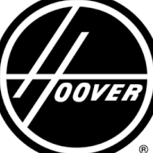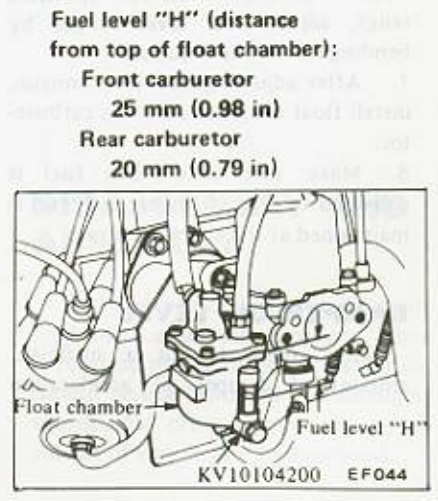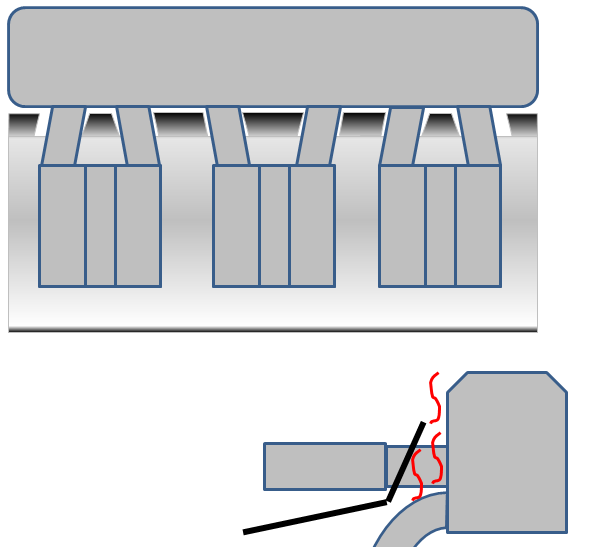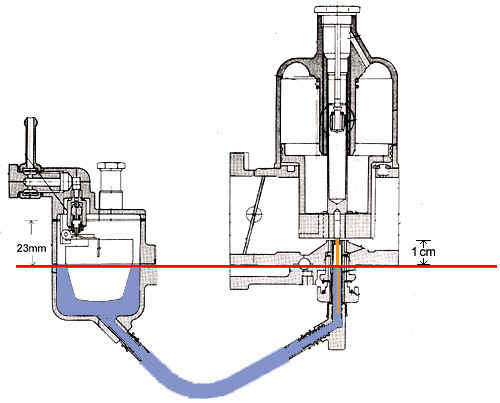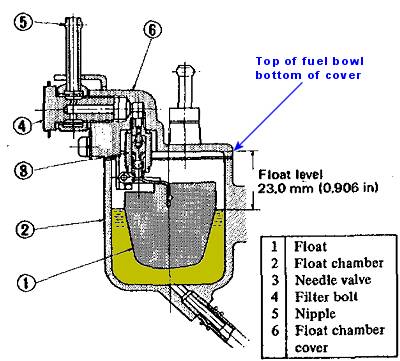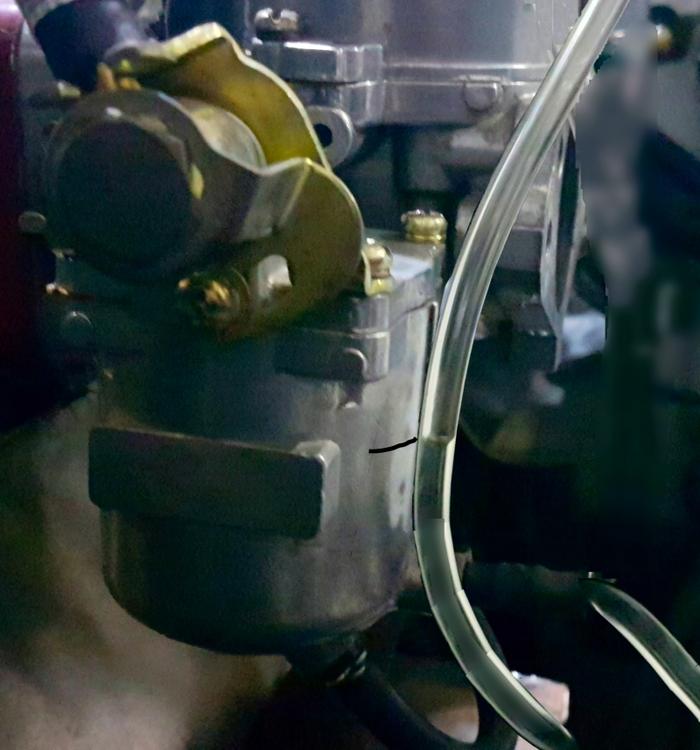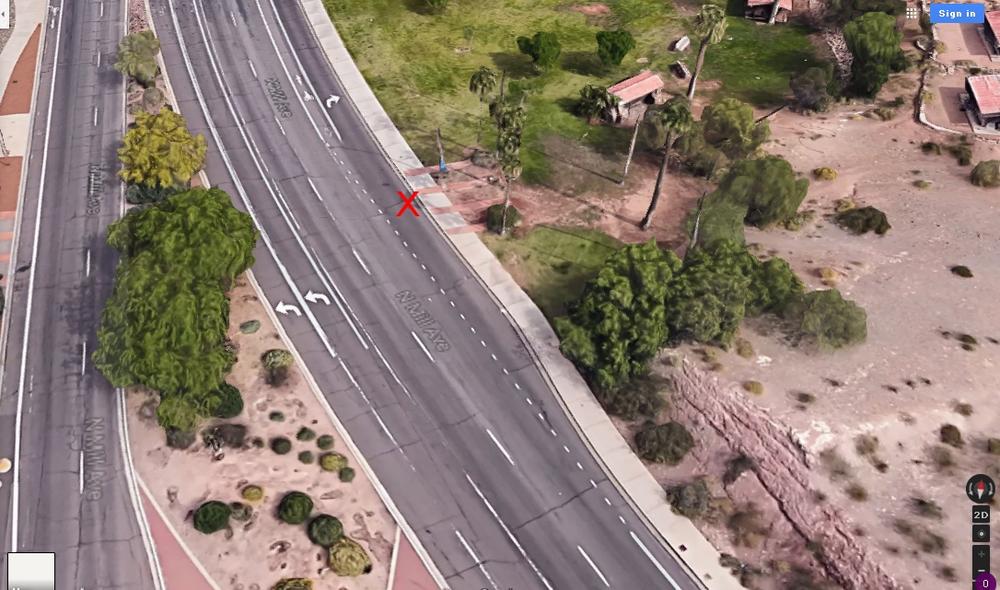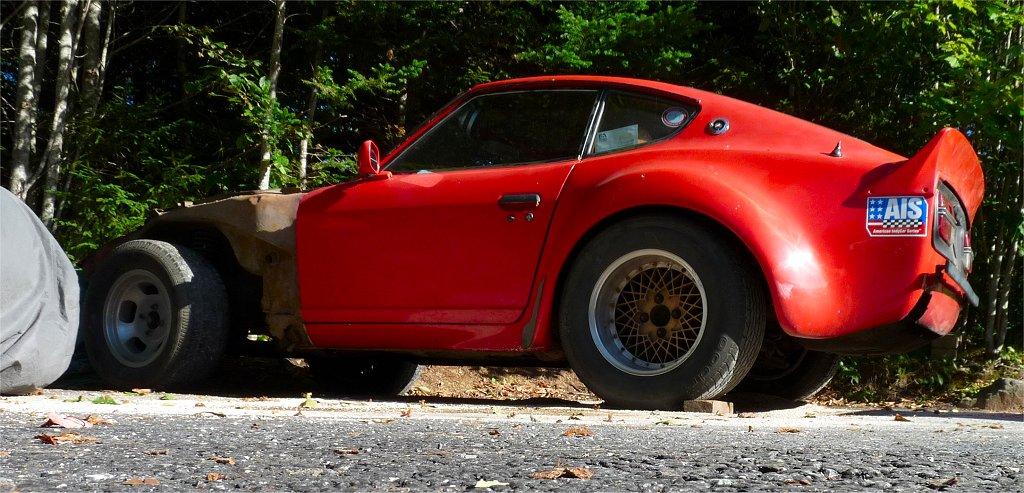
Everything posted by 240260280
- 510 Su's
-
Another 280 Seat Project Completed
Nice work!
- 510 Su's
-
[2018] What Did You Do To/with Your Z Today?
Heat resistant silicon on top of shield below carbs will reduce radiation into carb fuel bowls
-
[2018] What Did You Do To/with Your Z Today?
Here is a design aspect to consider... heat shield with additional tabs between carb and head to divert heat upward. A bit tricky because of congestion and access to carb mounting bolts.
-
[2018] What Did You Do To/with Your Z Today?
So that makes two different devices: 1. Heat shield: to keep manifold heat away from carbs. 2. Cold air intake: to direct cold air from front of car into carbs. You can consider doing both Chimney-like bending of heat shield can be used to direct hot manifold air to 77 and later 280z hood vents.
-
[2018] What Did You Do To/with Your Z Today?
Wish I was there. Two key design points: 1. You want the manifolds to be hot. 2. You want the carbs to be cold. So, if the shield is not touching the carbs. it will help keep them cool. You can significantly lower the side near the air horns so that the hot air from the header flows along the shield towards the manifold at idle.
-
Definitive 70 & 71 240z SU Fuel Level Thread
Just scratch a line on the side of each fuel bowl 20mm or 23 mm down from the top lip (you chose 20mm or 23mm). Next, bend you clear hose down then over so that it can be pressed against the line you scratched. Adjust the float tang until the level in the clear tube matches the scratched line. Basically just do what you are doing but bend the clear hose against the fuel bowl... do not have it so far away. 20mm down is very close to the top of that extruded block on the side of the bowl. You can put a mark on that like I did above.
-
1972 Float Adjustment ...
Read this and you will be good. http://www.classiczcars.com/forums/topic/59745-definitive-70-71-240z-su-fuel-level-thread/
-
Imagine that!
The Geely that killed in Tempe was Chinese. Not sure if you ever used software from China... I have.... it was poorly written and useless for what it was supposed to do.
-
Definitive 70 & 71 240z SU Fuel Level Thread
Here is all you need to know to set the fuel level in a fuel bowl for 240z from 1970 to 1971 inclusive (You will have to deal with the oddball bowl in the 72's however the FSM states that the fuel level will be the same in each bowl). Below are two marks at 20mm & 23mm down from the top lip of the fuel bowl. The FSM shows the fuel to be 23mm down from the roof of the fuel bowl(which is 20mm down from the top lip but it may be a typo. Pick one and be happy. The great Brian Little transposed the 23mm down from the top lip of the fuel bowl to a depth from the top of the bridge in the carb throat. He came up with 10mm down. I repeated the experiment below by using a telephoto camera shot to reduce parallax distortion and arrived at the same result. Here is almost how you should measure fuel level with an installed carb. (I like to scribe a mark on the fuel bowl and use a long clear pipe Tee'd into the rubber line from the bowl to the jet). I then press this line against the fuel bowl scribe and adjust the float tang to set the level). The photo below almost has it correct but the hose is too far away from the side of the fuel bowl for accuracy. Also, there is no scribed fuel level on the bowl to use as a reference. Here is better way to measure: Here is the controversial FSM reference of 23mm down from roof of bowl: Here is Brian Little's work:
-
Imagine that!
Yes. A mandatory autonomous cross country drive for the CEO....in the winter.
-
Weber selection and initial jet tuning
Your new nickname is now "Smokey".
-
Imagine that!
I think it is more of an underlying cold-war issue pushing this. The first country to master it is king of the castle thus the govt. buy in..... at the price of how many citizens?
-
1972 Float Adjustment ...
I read 1/64th of an inch (bad memory..I rechecked and 1/16th). From my experience trying that technique, it is not accurate. The only way to accurately balance SU carbs w/o air fuel meter is to run on one carb at a time and make sure each runs its 3 cylinders at the same rpm as the other carb AT THE SAME AIR FLOW. This is achieved by measuring air flow and adjusting jet heights to match rpms. Then you read the plugs. If you have an a/f meter, do the same and set the a/f for 28 to 29 when running on 3 cylinders at 2000 to 3000 rpm AT THE SAME AIR FLOW and re-check when driving under load. If the needle does not meter the fuel from idle to acceleration under load correctly then there are only a few parameters to tune with (jet height, carb springs, carb piston weights, and damper oil) The only other way to tune is needle re-shape.
-
1972 Float Adjustment ...
That is British hocus pocus. Setting carbs with 1 /32" change in piston lift air flow at idle is optimistic.
-
240Z D hubcaps ... reproduction?
e way?
-
Imagine that!
They should put dumb-driver-cars on rails or on fixed lanes as a first step. Current computer technology has no right to be mixing it up with humans.
-
Imagine that!
Vehicle hitting woman was a Geely from China. She was in a bike lane with a bike. Here is where the woman with bike was hit. The Geely was obviously just entering the right turn lane. You figure it out.
-
1972 Float Adjustment ...
J, Can you mark a line on the outside of the fuel bowl where the top of the gas reaches? It is hard to tell from the angle of the photos?
-
Imagine that!
Bring back rails and tracks and let them go "look ma, no hands". I doubt self driving cars can go left or right in the lane to see what is going on up ahead proactively like we all do. There are so many subtle yet important driving skills that these cars do not have. I bet they just blindly follow gps to stick in the lane and only react to the car in front. It would be interesting to see what a self driving car does when it comes upon an accident with cars strewn around in different directions. Does it just pass the stopped car in front and plow on through or does it come to a stop like most humans would?
- Imagine that!
Important Information
By using this site, you agree to our Privacy Policy and Guidelines. We have placed cookies on your device to help make this website better. You can adjust your cookie settings, otherwise we'll assume you're okay to continue.




